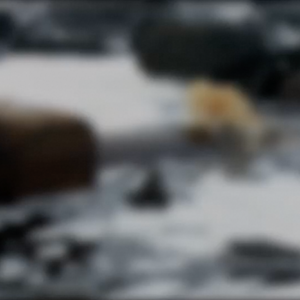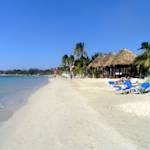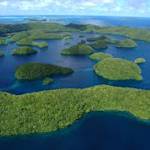Parks & Reserves: Nazca-Desventuradas Marine Park
2016 CE • Chile
"The Chilean government on Monday announced that it has created the largest marine reserve in the Americas by protecting an area hundreds of miles off its coast roughly the size of Italy. The new area, called the Nazca-Desventuradas Marine Park, constitutes about eight percent of the ocean areas worldwide that have been declared off-limits to fishing and governed by no-take protections . . . The Pac-Man-shaped marine protected area (MPA) encompasses roughly 115,000 square miles (297,000 square kilometers) of ocean around San Ambrosio and San Felix islands. Together, they're known as the Desventuradas (or Unfortunate in Spanish) Islands, which are part of the underwater Nazca Ridge, which runs southwest from Peru to Easter Island . . . Desventuradas sits in a unique oceanic environment, harboring a mix of tropical and temperate species. Due to its isolation from the mainland—it takes a two-day boat ride from Chile’s coast to get there—much of Desventuradas’ marine life is endemic, or found nowhere else in the world," including Juan Fernández fur seals, the Chilean sandpaper fish, and Juan Fernández trevally.
Jane J. Lee, "Chile Creates Largest Marine Reserve in the Americas," National Geographic, October 5, 2015.
Image: Island Conservation, Lukas Mekis via Flickr, Attribution-NonCommercial-NoDerivs 2.0 Generic (CC BY-NC-ND 2.0)


Learn about Maya Lin’s fifth and final memorial: a multi-platform science based artwork that presents an ecological history of our world - past, present, and future.

Discover ecological histories and stories of former abundance, loss, and recovery on the map of memory.

Learn how we can reduce our emissions and protect and restore species and habitats – around the world.

See how art can help us rethink the problems we face, and give us hope that each one of us can make a difference.

Help make a global memorial something personal and close to home. Share your stories of the natural world.


